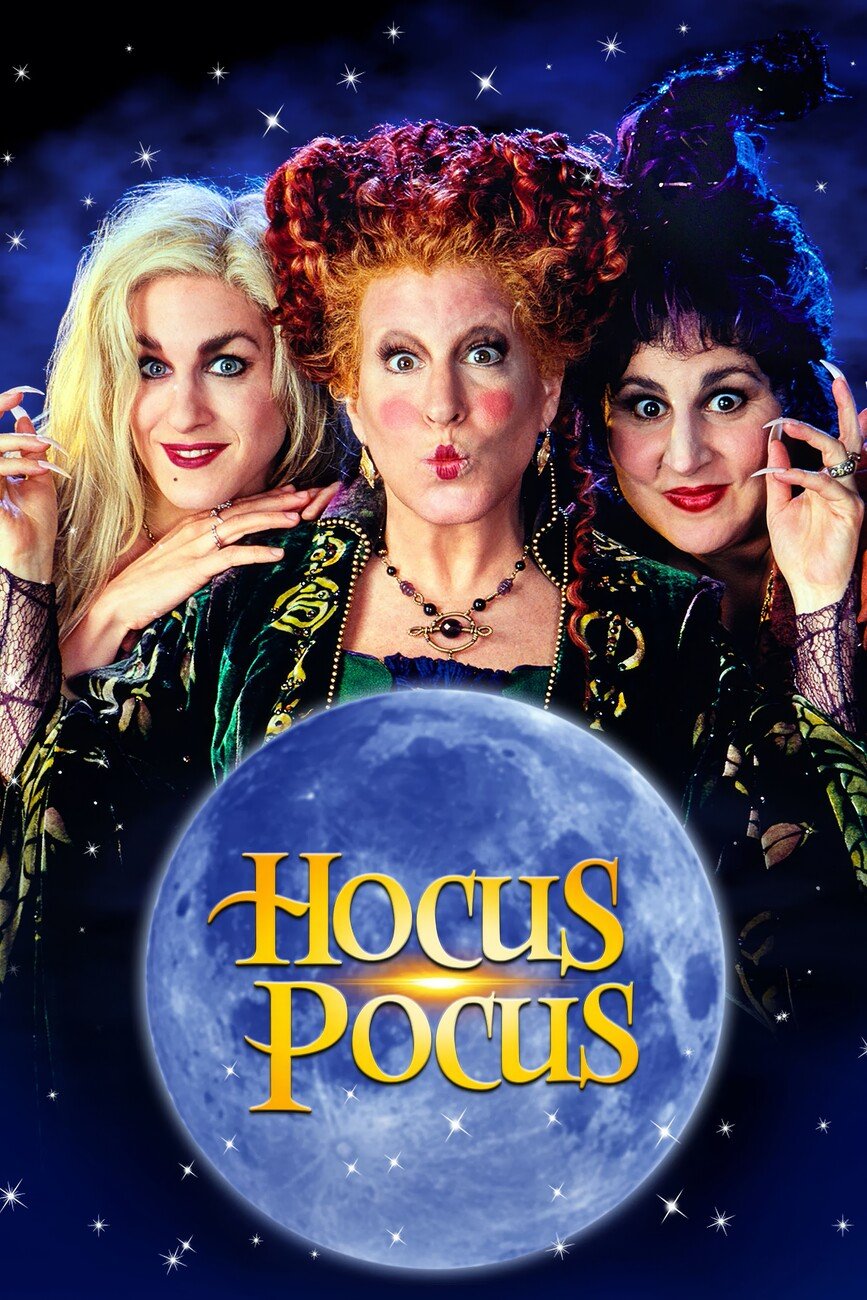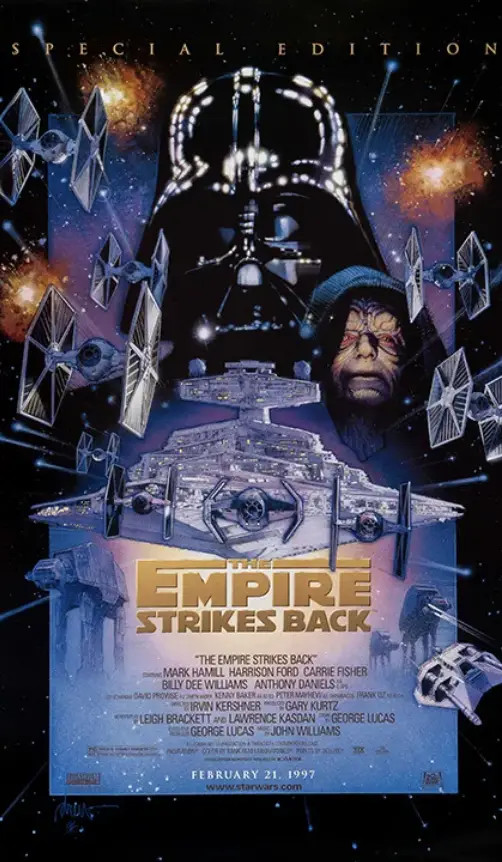In Memoriam: The Artistic Legacy of Drew Struzan
The film industry is in mourning as it remembers Drew Struzan, the iconic movie poster artist whose extraordinary talent shaped the visual narratives of many beloved films. Struzan passed away on October 13, 2025, at the age of 78, after a prolonged battle with Alzheimer’s disease. His artistic contributions to cinema were immeasurable, and his death marks the end of an era for cinematic art that resonated deeply with audiences worldwide. Struzan’s posters were not just promotional materials; they were windows into the films they represented, encapsulating the very essence of the stories, characters, and emotions that would unfold on screen. The world has lost a visionary artist, but his legacy will endure through the many works that continue to inspire filmmakers and viewers alike.

A Tribute from Legends
Struzan’s impact on the film industry is perhaps best encapsulated by the tributes that emerged following the announcement of his passing. Notable figures such as Steven Spielberg and Guillermo del Toro took to social media to express their grief and admiration. Spielberg described Struzan as an artist who “made event art,” noting how his photorealistic imagery could evoke powerful memories of childhood experiences tied to the films he illustrated. Del Toro poignantly reflected on Struzan’s artistry, stating, “The world lost a genius communicator and supreme artist. I lost a friend, beloved.” These testimonials illustrate how Struzan’s work transcended mere commercial art to become a cherished part of cultural memory. The deep personal connections that filmmakers have with Struzan’s art show how his posters have become intertwined with their own cinematic journeys.

The Creator Behind the Canvas
Born in Oregon in 1947, Struzan’s journey into the world of art began at a young age. He later moved to California, where he attended the ArtCenter College of Design. Struzan supported himself through school by selling artwork and taking on small commissions. His initial foray into the art world included creating album covers for famous artists like the Bee Gees and Alice Cooper. Notably, his cover for Cooper’s ‘Welcome to My Nightmare’ was celebrated as one of the classic album covers of the modern era by Rolling Stone. This early work not only honed his talent but also exposed him to the world of entertainment, setting the stage for his future in film. The vibrant, intricate details of his album covers showcased his unique ability to blend realism with a fantastical flair, which would soon become his signature style in film poster artistry.

A Transformational Career
Struzan’s career took a defining turn in 1978 when he was invited to create the poster art for the re-release of Star Wars. This opportunity catapulted him into the limelight, establishing him as the go-to artist for blockbuster films. His collaborations with filmmakers like Spielberg and George Lucas resulted in iconic images for classics such as E.T. the Extra-Terrestrial, Blade Runner, and the Indiana Jones series. Spielberg himself admitted feeling pressure to “live up to the art” that Struzan produced, underscoring the pivotal role Struzan played in shaping the visual language of modern cinema. His posters often featured a rich tapestry of characters and scenes, inviting viewers to experience the magic before even stepping into the theater. The emotional depth and artistic brilliance of each piece became a powerful marketing tool, transcending traditional promotional materials.

The Philosophy Behind the Art
Struzan’s artistic philosophy was as captivating as his artwork. In a 2021 interview, he shared insights into his creative process, stating, “I felt that art was more than just telling the story.” He believed that a movie poster should evoke feelings and hopes rather than summarize a film’s narrative. This unique perspective allowed him to create artworks that not only adorned the walls of theaters but also became treasured mementos for fans. For example, his work on the poster for Harry Potter and the Sorcerer’s Stone captured the wonder and enchantment of the story, while the Back to the Future poster cleverly encapsulated the whimsy and adventure of time travel. When asked about his favorite piece, Struzan’s humble response reflected his artistic drive: “If I had a favorite, then I would have already done the best I can do. I’d lose my spark of creativity.” This continual pursuit of excellence drove him to create over 150 film posters throughout his five-decade career, each one a testament to his dedication and innovation.
A Lasting Legacy
Even after largely retiring in 2008, following his work on Indiana Jones and the Kingdom of the Crystal Skull, Struzan made selective returns to the art world for notable projects, including Star Wars: The Force Awakens and the How to Train Your Dragon trilogy. His life and impact were poignantly captured in the 2013 documentary Drew: The Man Behind the Poster, which featured interviews with prominent figures such as Spielberg, Lucas, and Harrison Ford. Struzan’s wife, Dylan, revealed in March 2025 that her husband could no longer paint due to his illness but reflected on the profound legacy of love and joy that his art left behind. “His aim was to make the earth a better place in which to live by creating something beautiful,” she remarked, highlighting the enduring emotional connection that Struzan’s work fostered. His posters continue to be a source of inspiration for new generations of artists and filmmakers, demonstrating how his influence extends far beyond his lifetime.
Drew Struzan’s passing is not just the loss of a talented artist; it is the closing chapter of an era defined by his remarkable ability to capture the essence of cinema through his art. His legacy will continue to live on in the hearts of fans and the annals of film history, where his posters will forever serve as a testament to the magic of storytelling in cinema. Each piece of his work serves as a reminder of the emotions tied to the films they represent, allowing viewers to experience nostalgia and excitement long after the credits roll. As we remember Struzan, we celebrate not only his artistic genius but also the joy and wonder he brought to countless lives through his timeless creations. His art will remain a beacon of creativity, illuminating the path for future artists to explore the limitless possibilities of visual storytelling.

















